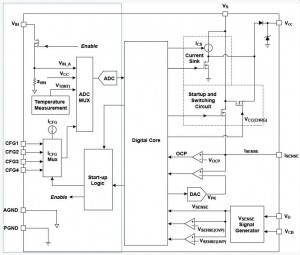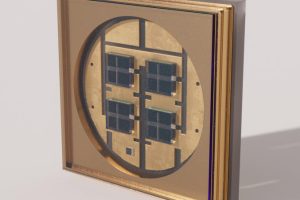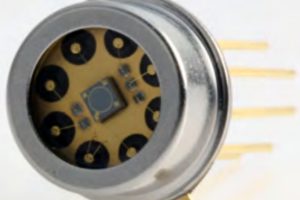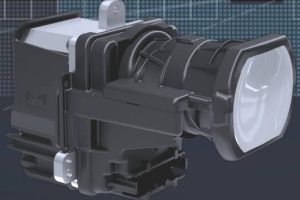
“The first LED driver from this new platform, the iW3688, delivers smooth, flicker and shimmer-free dimming supporting the widest range of phase-cut dimmers. It also eliminates the external bleeder circuit,” said Dialog.
Instead of a bleeder circuit (see below) Dialog has integrated digital algorithms that modulate primary FET switching to draw extra current during dimming. This ensures the input current “continuously”, said the firm, stays above triac biasing thresholds during forward conduction, eliminating the need for an external bleeder circuit.
iW3688 is a single-stage driver designed for applications up to 20W, including A-style, BR, candle, GU10 and PAR bulbs, and T8 tubes.
 On-board dimmer detection allows the chip to work with leading-edge dimmers (R-type or R-L type), trailing-edge dimmers (R-C type), and smart dimmers. Dimming range is claimed to be 1% to 100%, but this is unlikely to be with all dimmers.
On-board dimmer detection allows the chip to work with leading-edge dimmers (R-type or R-L type), trailing-edge dimmers (R-C type), and smart dimmers. Dimming range is claimed to be 1% to 100%, but this is unlikely to be with all dimmers.
In no-dimmer mode, the chip operates in quasi-resonant mode to increase power efficiency and reduce EMI.
No data sheet has been released, only a product brief, so few numbers and little further information is available.
The firm claims the chip can be used in external lighting ballasts, and in both buck-boost and fly-back topologies, inferring isolated operation is possible.
Reversible over-temperature protection is implemented which detects high internal bulb temperature, servoing down output current until temperature is acceptable. “This results in cooler operation, avoids exceeding the temperature rating of the electrolytic capacitors, and helps ensure a predictable and safer bulb operating life,” said Dialog.
Packaging is SOIC14, and volume production is scheduled in the second quarter this year.
Bleeder circuits
Triac dimmers rely on a minimum load current to keep the triac conducting – easily drawn by incandescent loads, but not by LED loads which are more power-efficient. With LED loads, the dimmer – particularly poor quality dimmers, can drop out of conduction part way through the mains cycle.
Bleeder circuits deliberately draw extra current to keep the triac conducting – wasting power and dumping extra heat into the LED bulb. Extra heat is particularly a problem is small bulbs like GU10s.
In general, the higher bleed current is set, the more dimmers a driver circuit is compatible with.
 Electronics Weekly Electronics Design & Components Tech News
Electronics Weekly Electronics Design & Components Tech News



